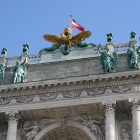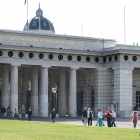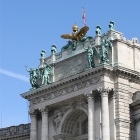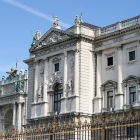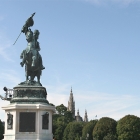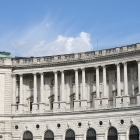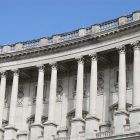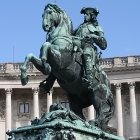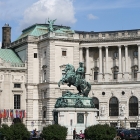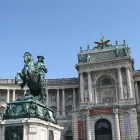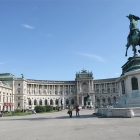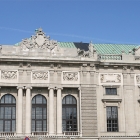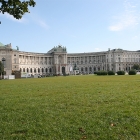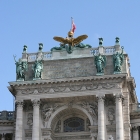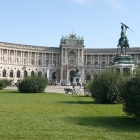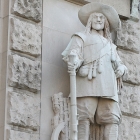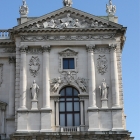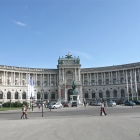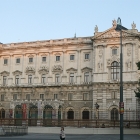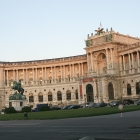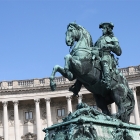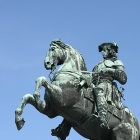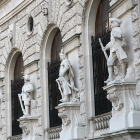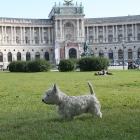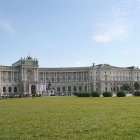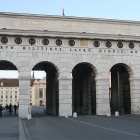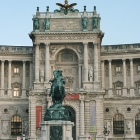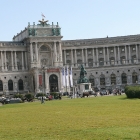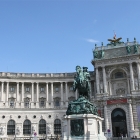Hofburg Imperial Palace in Vienna, the National Library of Austria
The Hofburg Imperial Palace has witnessed history from the time of Habsburgs to modern era, but its cultural value overwhelms its past. When this place was first used by the monarchs of Vienna we do not know, but it was already a royal residence in the 13th century, expanding and being rebuilt constantly. The Hofsburg Palace got to serve as a winter residence for the Habsburg dinasty, while the Schonbrunn Palace (a few km away), with its marvelous gardens, served as a summer residence.
Two military heroes are honored by two equestrian statues: prince Eugene of Savoy, who served three Habsburg emperors and is best known for his implication in the siege of Vienna by the Ottoman army, and Archduke Charles of Austria, the military rival of Napoleon.
Today, Hofburg Imperial Palace is the residence of the Austrian president and home to several museums, but it is mainly used as the National Library of Austria (Österreichische Nationalbibliothek).
It was here that Hitler announced the Anschluss, the unification of Austria and Germany, using the mystique of the name Heldenplatz (Heroes’ Square), and probably associating himself to the generals from the equestrian statues.
Many architects have embellished the Hofburg Palace in Baroque and classical Italian style: Filiberto Luchese, Lodovico Burnacini, Domenico Carlone, Lukas von Hildebrandt, Joseph Emanuel Fischer von Erlach, Johann Fischer von Erlach.
- Home Page
start page - Architecture
landmark buildings - Sacred architecture
places of worship - Nature
landscape photography - Concert
performing artists - Christmas
Santa Claus pictures
- Jooble
jobs for photographers - Escape
an out of control blog - Merry Christmas
The best organizer of Christmas parties - Astro photo
Eclipse hunting and astrological photography


